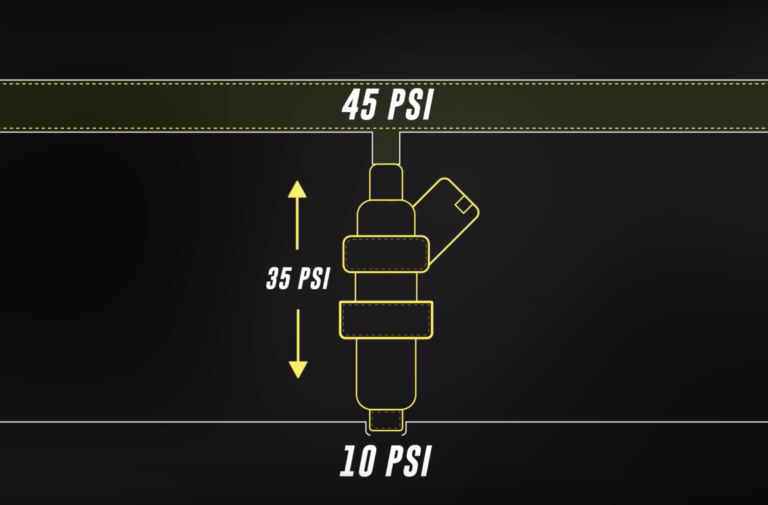Introduction:
Your turbocharged engine’s performance is directly linked to the boost pressure it generates. When boost pressure drops below optimal levels, you may experience a noticeable loss of power, sluggish acceleration, and reduced fuel efficiency. While a multitude of factors can contribute to low boost pressure, understanding the underlying causes and implementing effective solutions can restore your engine’s vigor. In this comprehensive guide, we delve into the intricacies of low boost pressure, providing expert insights and practical steps to remedy this issue.

Image: rustyautos.com
Section 1: Tracing the Roots of Low Boost Pressure
1. Faulty Boost Solenoid: The boost solenoid, an electromagnetic valve, regulates boost pressure by controlling airflow to the wastegate. When the solenoid malfunctions, it can lead to underboost or overboost conditions.
2. Leaks in Boost System: The boost system, which includes pipes, hoses, and clamps, must maintain airtight integrity. Any leaks in these components will result in loss of boost pressure.
3. Worn Turbocharger: Over time, turbochargers can experience wear and tear, leading to reduced efficiency and lower boost pressure generation.
4. Faulty Mass Airflow Sensor: The mass airflow sensor (MAF) measures the amount of air entering the engine. When the MAF fails, the engine management system may not be able to accurately adjust boost pressure, resulting in low boost conditions.
5. Wastegate Issues: The wastegate is a valve that controls exhaust gas flow around the turbocharger. If the wastegate is stuck open or closed, it can affect boost pressure levels.
Section 2: Comprehensive Troubleshooting and Repair
1. Diagnose the Problem: Connect a boost gauge to the intake manifold to measure actual boost pressure. Compare the readings to the manufacturer’s specifications. Check for any leaks or damage in the boost system components.
2. Repair Boost Solenoid: If the boost solenoid is faulty, it can be replaced. Ensure to use a genuine OEM or high-quality aftermarket part.
3. Find and Repair Leaks: Inspect the boost system thoroughly for leaks. Tighten loose clamps, replace damaged pipes or hoses, and seal any cracks or holes.
4. Assess Turbocharger Health: If the turbocharger shows signs of excessive play or damage, it may need to be rebuilt or replaced. Consider seeking professional assistance for this repair.
5. Replace Mass Airflow Sensor: A faulty MAF sensor can be identified by erratic readings or engine running issues. Replacing the sensor with a compatible unit is crucial.
6. Adjust Wastegate: If the wastegate is sticking or malfunctioning, it may need to be adjusted or replaced. Consult the manufacturer’s guidelines for specific procedures.
Section 3: Ensuring Optimal Boost Pressure
1. Regular Maintenance: Regular maintenance, including air filter replacement and turbocharger cleaning, can help prevent future issues and maintain optimal boost pressure.
2. Use Quality Components: Avoid using cheap or counterfeit parts when repairing the boost system. Genuine OEM or reliable aftermarket components ensure durability and performance.
3. Professional Assistance: If troubleshooting and repairs prove challenging, do not hesitate to seek assistance from a qualified mechanic. They possess the expertise and tools to diagnose and resolve complex issues.

Image: www.enginelabs.com
How To Fix Low Boost Pressure
https://youtube.com/watch?v=DEa1rXS5tK4
Conclusion
Low boost pressure can significantly compromise an engine’s performance and driving experience. Understanding the causes of low boost pressure and implementing the appropriate solutions empowers you to restore your engine’s power and efficiency. By following the steps outlined in this comprehensive guide, you can diagnose and remedy boost pressure issues, ensuring that your turbocharged engine continues to deliver exhilarating performance for years to come. Remember, regular maintenance and expert assistance when needed can prevent future problems and ensure optimal operation of your vehicle’s vital systems.